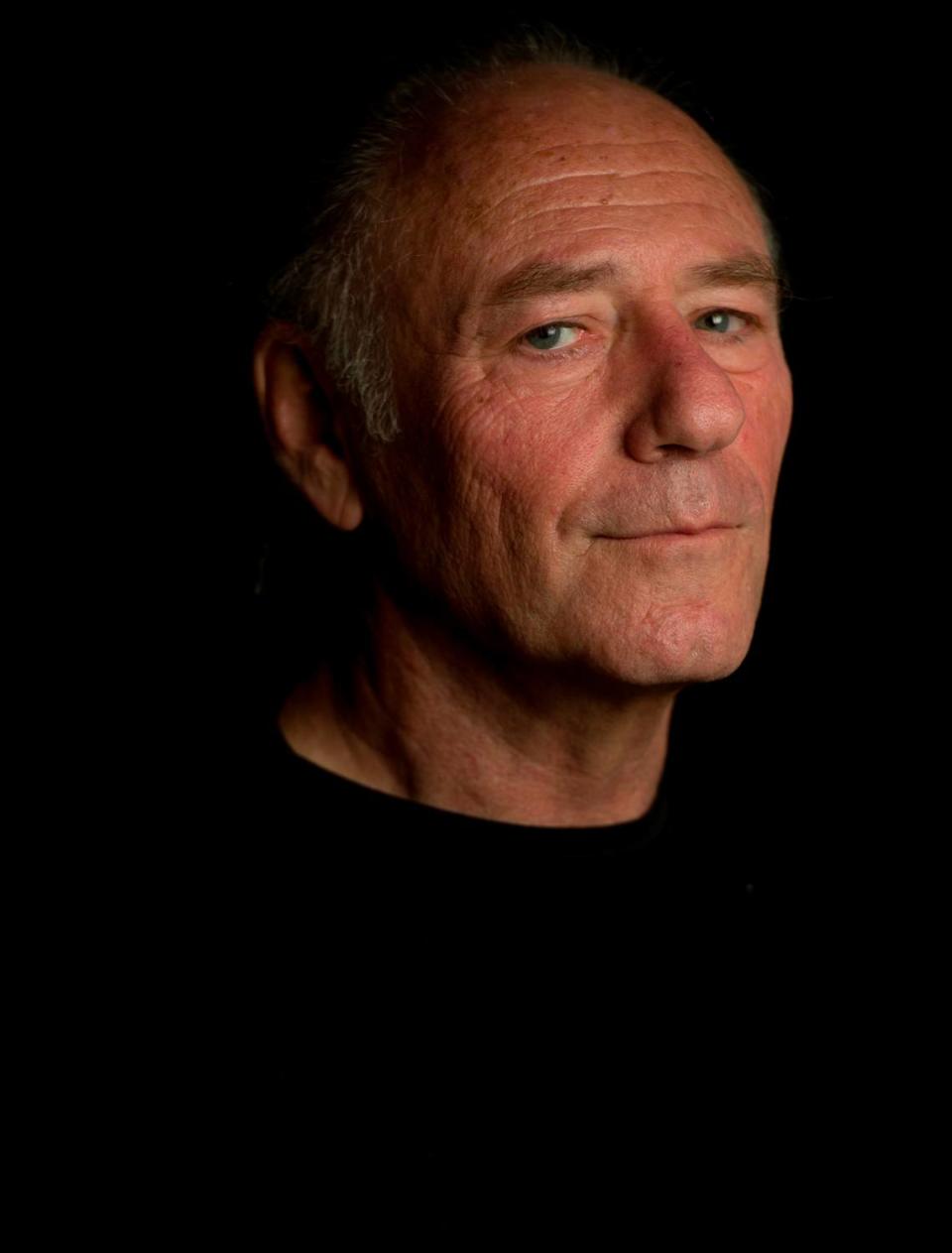Jewish immigrants from Arab lands found refuge in Greater Miami, too | Guest Opinion
Miami-Dade is a community of refugees and immigrants. More than 1 million have made their way by boat or arrived by plane. In Sweetwater, Hialeah, Sunny Isles, Miami and Miami Beach, one of every two residents is foreign born, coming from Cuba, Haiti, Colombia, Venezuela, with so many others from across the Americas. All have found refuge and economic opportunity in our tropical paradise.
Yet, Jewish refugees and immigrants from Arab lands, the Sephardi-Mizrahi, are off the radar. They make up about 56,000 of the 535,000 Jews living in Southeast Florida. In Miami-Dade, 17% of the 123,000 Jewish residents are Sephardi-Mizrahi. Professor Ira Sheskin, of the University of Miami and a leading Jewish demographer, estimates that one-third of Miami-Dade’s Jewish residents are foreign-born and reflect the profile mentioned from the Americas, but with a few significant differences. Israelis are the No. 1 foreign-born population, with increasing numbers from France fleeing growing anti-Semitism.
In the decades following the state of Israel’s founding in 1948, close to 1 million Jews became refugees fleeing their ancestral homelands in the Middle East and North Africa. Their story of state-sanctioned discrimination, violence and political unrest brought an abrupt end to once vibrant communities. Some had seen the writing on the wall earlier, with the collapse of the Ottoman Empire in World War I and sought refuge in the Americas, especially, Cuba, Argentina and Venezuela, where their community language, Ladino, a dialect of Spanish, made it easier to resettle. The Arab-Jewish communities that stayed suffered under the Nazis and their collaborators. In Iraq, during the Farhud of 1941, hundreds were killed, thousands injured. In Libya, under the Italians, thousands were sent to camps in Europe.
With the end of decolonialization and rise of Arab nationalism, new Arab states emerged across the Middle East and North Africa. Many Sephardi-Mizrahi sought Zionism (Israel) as their only hope. Others, with more economic means or with citizenship in a Western country, found refuge there. Algerian Jews, for example, were citizens of France.
In 1948, fewer than one in seven people in Israel were Sephardi/Mizrahi. Today, they are the majority. France, the home of only a handful of Jews at the end of WWII, has become the second-largest Jewish community in the world, after the United States, with 80% displaced from their homes in North Africa.
Within one generation — 1948-1973 — Jews from Arab lands were ethnically cleansed. Today, fewer than 15,000 can be counted. They are a forgotten exodus, their human rights story ignored.
Jews from Arab lands were marginalized and often discriminated against. Only in past 20 years with organizations like Justice for Jews from Arab Lands and Sephardi Voices (SV), has there been a noticeable change.
Sephardi Voices grew out an examination of the Spielberg Holocaust collection. In a collection of 52,000 stories, fewer than 100 came from Jews from Arab lands who suffered during the Holocaust. Thus, SV’s mission was clear: to create a digital archive of the displacement of the 1 million Jews from Arab lands, including Holocaust experiences, through testimonies, portraits and photographs, property deeds and identity cards, and to host the SV collection at national libraries, with easy access and at no cost. Many are already posted at the Library Archives Canada, British Library and National Library of Israel. The collection has led to the recent publication of a coffee-table book, “Sephardi Voices: the Untold Expulsion of Jews from Arab Lands,” international portrait exhibits and an educational human-rights toolkit for schools.
Most significant, with the leadership of Danny Ayalon, Israel’s foreign deputy minister, with Sephardi organizations in Israel and the diaspora lending a hand, the the Knesset in 2014 declaring Nov. 30 as Yom Plitim (Sephardi Refugee Day) to recognize the plight of the Jews from Arab lands and celebrate their heritage.
Their voices not only are a unique untold human-rights story; it also is one that touches deeply Miami-Dade’s multicultural community. Because of their second trauma of having to leave the Americas because of political unrest, they are not just Arab Jews — they also identify as Cuban, Argentinians, and Venezuelans.
Their language is Spanish, but also Arabic. Their cuisine is not only asado and ropa vieja, but also couscous (Maghreb) and masgouf (Iraq).
At 11 a.m. Dec. 4, The Greater Miami Jewish Federation will host an event in recognition of Yom Plitim with the Israeli Consulate of Miami and Sephardi Voices. Juliette Glasser, who is Egyptian American, and Elisa Diaine, an Algerian French American) will tell their stories. County Mayor Daniella Levine Cava is scheduled to attend.
Yom Plitim is a living testament to the meaning of human rights. Through the initiative of Jews from Arab lands, it has contributed to the Abraham Accords as a means to embrace peace in the Middle East. It is time for leadership in our community and the diaspora to teach the story, resilience and pride of Sephardi-Mizrahi Jews.
Henry Green is professor of religious studies at the University of Miami and the founder of Sephardi Voices, www.sephardivoices.com.


 Yahoo Movies
Yahoo Movies 
